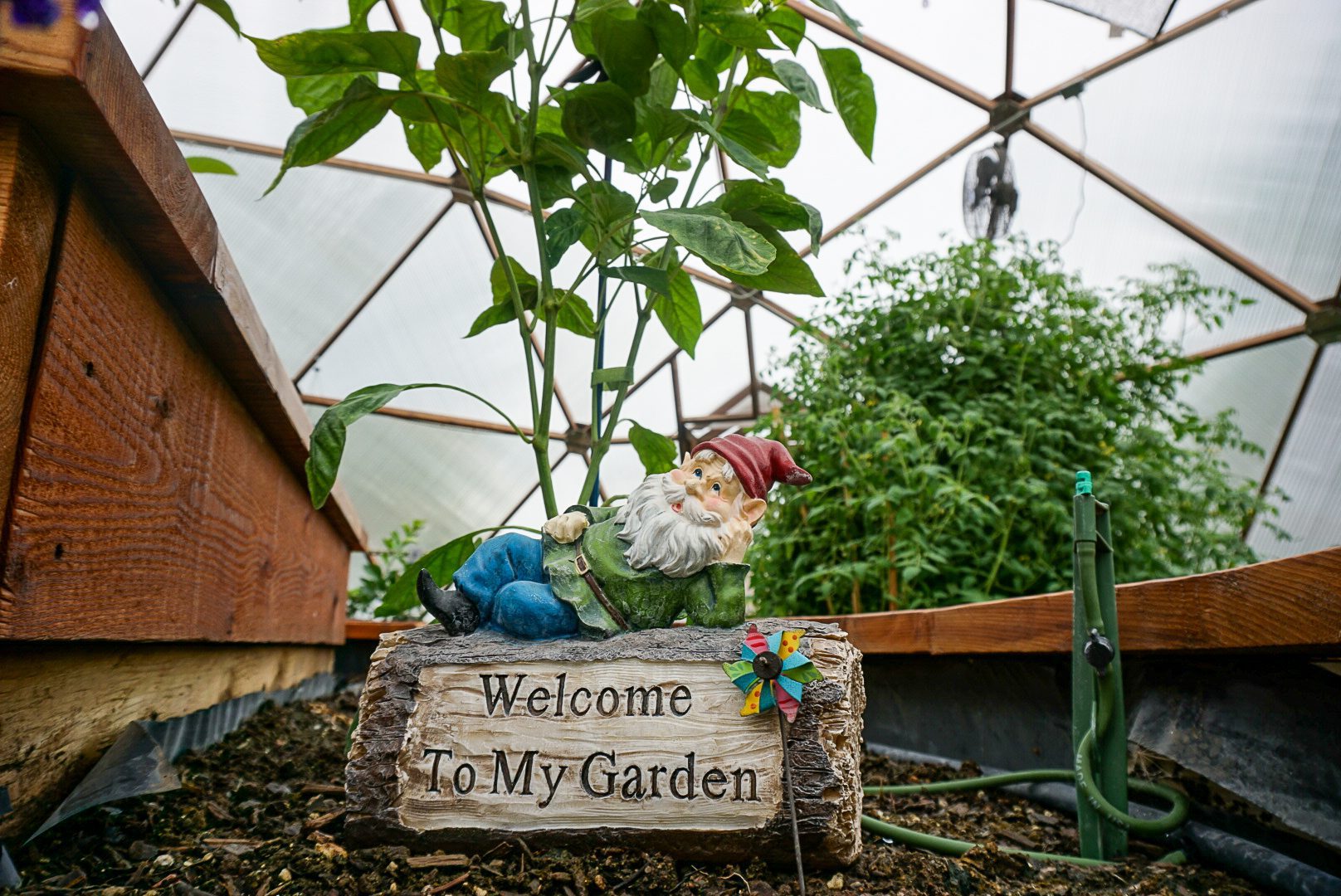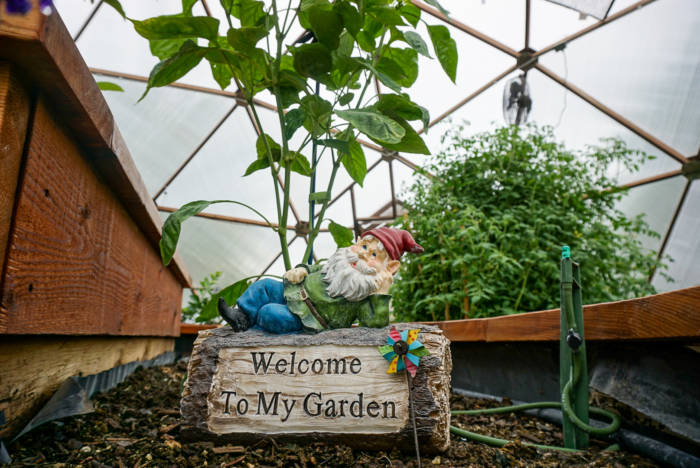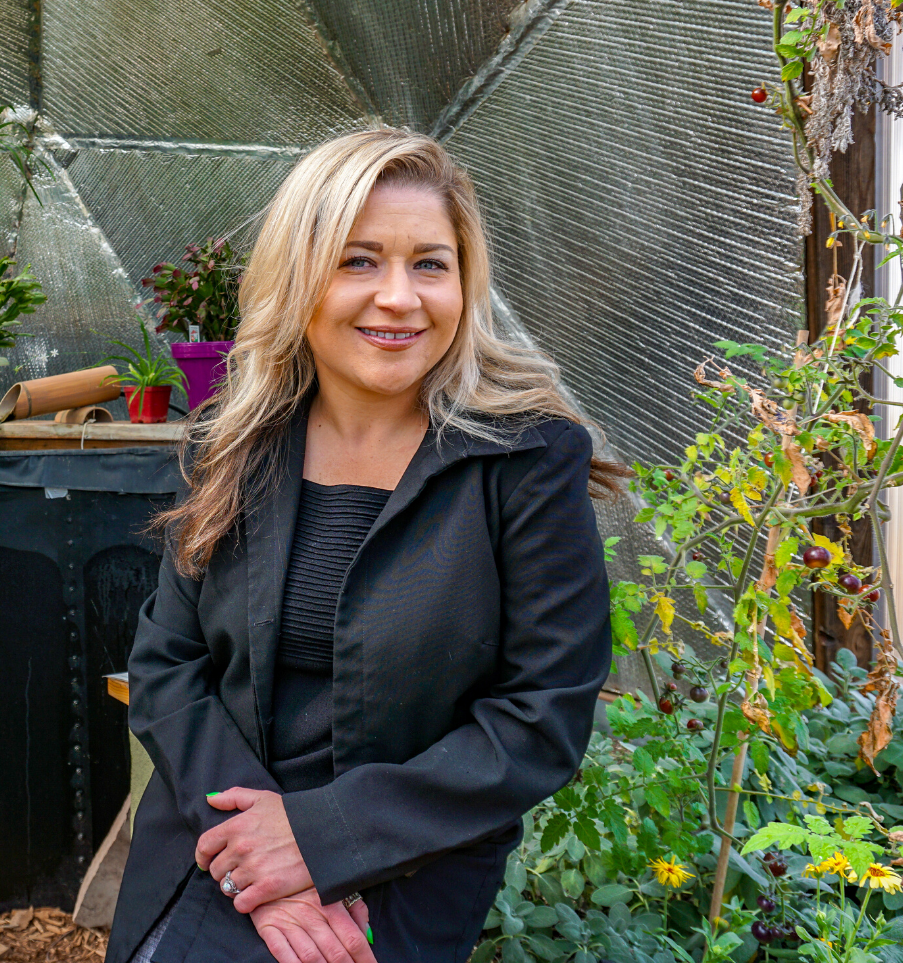
This post may contain affiliate links.
Advice on Direct Seeding
It is time to get those spring and summer crops planted. The Growing Dome Community is especially excited this year to swap out winter crops for the spring season. The first aspect to consider is whether you will be direct seeding or transplanting starts. When direct seeding you also need to consider where to get your seeds, the value of seed saving, and crop rotation. We want to set you up for direct seeding success!
Most gardeners know that better seeds mean better produce; after all, you are what you eat. Growing Spaces has many options for sourcing seeds if you don’t already practice seed saving. To learn more about heirloom, open-pollinated, and hybrid organic seeds, you can reference Seed Differences. We have a handful of trusted companies we recommend so here are some places to source your precious seeds.
Botanical Interests – True Leaf & Sustainable Seeds – Johnnyseeds – Parkseed

What is Direct Seeding?
Direct seeding or direct sowing simply means you are putting seeds directly into the ground of the raised beds in your Growing Dome or in outside beds. Although MANY of our Growing Dome owners opt to transplant their seedlings to get an early start in their greenhouse. You can purchase small plants from a nursery, but some plants don’t like being transplanted and will grow better if you seed them in the bed where they can flourish without disturbance. This is especially true of plants that have long taproots.
Tips for Direct Seeding Success
– If you are not starting fresh, be sure your area is clear of weeds. You don’t want to create any unnecessary competition for your sprouting seeds, or worse, confuse a sprouted seedling with a nasty weed. It sounds crazy, but my partner has pulled out his fair share of fresh sprouts.
– You should be able to get any planting information from your seed packets (pay special attention to the suggested planting date), but if you are using saved seeds, the general rule of thumb is to plant seeds three times as deep as their circumference.

– Place a marker or small sign where you planted. You might think you will remember, but chances are you will forget. Springtime is crazy in the garden.
– Water gently or you risk washing the seeds away. Better yet, dampen the soil before you plant. Then continue to water as needed until you see germination.
– Keep the soil moist until the seed germinates, then be sure to water whenever the surface soil looks dry. Seedlings don’t have much of a root system, and they can dry out within hours.
– Pay special attention to young seedlings if it is very windy or if the weather suddenly turns hot and sunny.
– If you’ve had good germination, you’ll need to thin the seedlings to give them airspace and room to grow. You can pull the unwanted seedlings when they are a couple of inches high.
– Many plants benefit from being pinched back once they have developed about three sets of true leaves. This will encourage the plant to send out more branches and become a fuller, bushier plant.
– Continue to pamper your seedlings until they become established plants. Be on the lookout for four-legged pests. Young seedlings can be eaten in one bite.

For more tips from you can read How to Sow Seeds by Growing Dome advisor Kyle Brookens. We hope you have a bountiful harvest this gardening season. Food is our fuel! Check out our other blogs to learn more about gardening, organic pest control, and reference the Growing Dome planting guide.

2 Comments
I could not find a button to print the growing calendar :-(
Our apologies, the page has been updated.